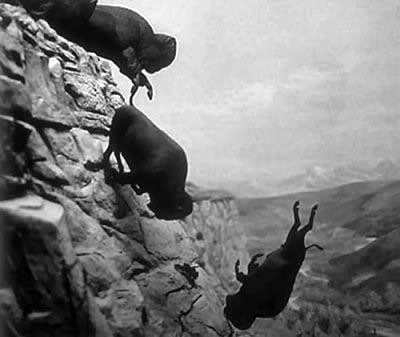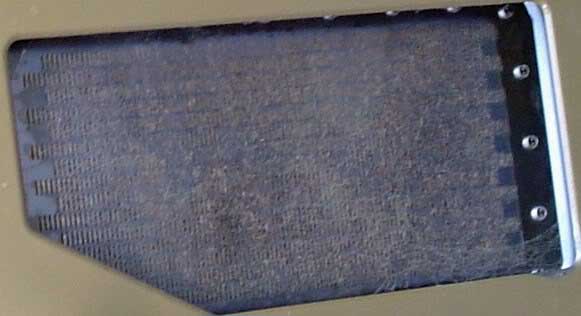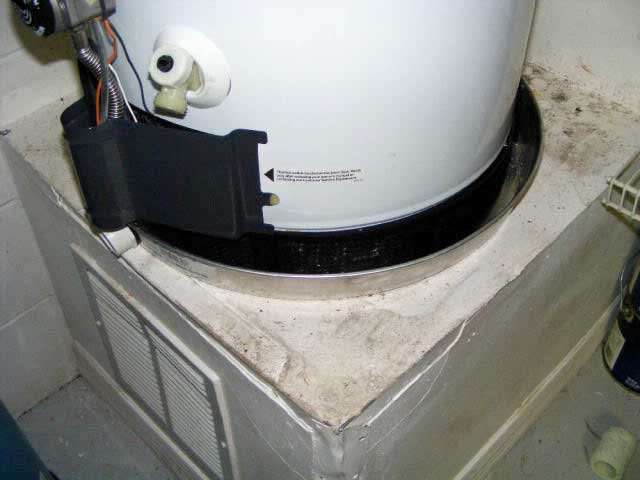Redwood and his buddies are really groping with the personal attacks. This engineer generally is stuck fixing what the plumber screwed up.

Fixing other engineers' screw ups is nothing new to me either.

I did have to call a plumber once for a mistake I made.
Y'all are falling prey to the typical problem of tradesmen, failing to recognize the areas where you lack the education to fully understand what you are talking about. And it's apparent you've got chips on your shoulders about it. You get maybe 90% of it right, but the parts you are missing are critical ones. (It's unfortunate that Redwood doesn't follow his own sig.) I default to you folks on general plumbing fabrication and many of the things you have observed, but some of your explanations of "why" are sorely lacking from a technical standpoint. And your advice with respect to economics is really atrocious.
As to the flame arrestor, I've had no problem seeing the flaws in it, so you can stuff that strawman where the sun doesn't shine. An obvious flaw in a design doesn't explain everything else. Amateur troubleshooters get suckered by the most obvious things and can't seem to see past them. Even with the arrestor's flaws, the arguments you folks make about it being behind the problems are USUALLY WRONG. That much is obvious when folks describe a clean screen (most of the Whirlpools TC/gas valve situations.)
I've had excellent results as a troubleshooter and a key to that it not locking in on the first thing I see; instead trying to take it all in and adjust based on observations of others. A problem is often something more subtle or a combination of things. Being a good troubleshooter doesn't require a degree or trades training, but it does require an open mind. When asking maintenance men, mechanics, operators, technicians and shift supervisors for their take on a problem or piece of equipment I focus mostly on the details of what they've observed, not their theories about why it happens. When the answer is found it generally provides a good explanation for all of their observations but it rarely matches the explanations they gave.
As for hourly rates...I've noted that in any given profession the quality of the work is often
inversely proportional to the rate they are charging. Those focused on making a quick buck rarely provide the best service. Those trying to hide their cost basis generally are trying to rip you off. Some of the best plumbing work I've had done was by far the least expensive (so much so that I wonder how they made anything off of their typical call.) I had a dentist who was the least expensive in town (less than half as much as his closest competition), and did better work. He was upfront about his rates. He was an ex-engineer (I had read some of his technical reports for a plant I did staff work on and they were first rate) who left the field to become a dentist. Seemed pretty odd that he did so and I wondered how he made money with his low rates...yet he retired early, leaving me without a dentist.
As to Redwood's comments about State etc.: there is a good chance he is wide of the mark. I suspect there might be some sort of intellectual property or other contractual restriction on where they put their FVIR. Perhaps they've locked into a bad location for the screen, but when I've come across quirks like this before there has often been some sort of non-engineering reason for it. Since there appear to be only two teams working on these type of water heater designs for the US market (BW/GE/Rheem and State/AO Smith/Whirlpool) features are probably limited to a line by who adopts them an registers the intellectual propery first.
When you clowns get tired of the personal attacks and explanations of how you are smarter than any engineer, and instead want to discuss quantifiable things, let me know.






